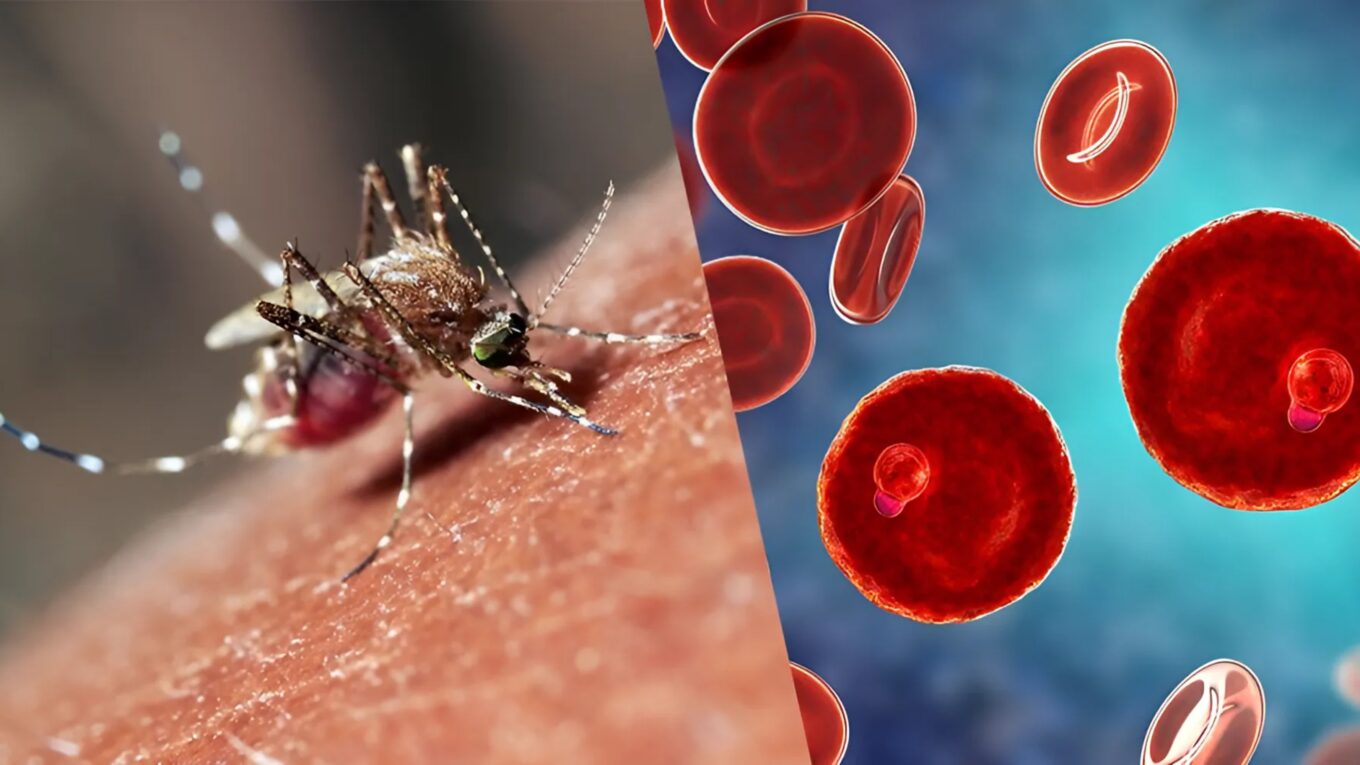Click here to Visit Facebook Page
Introduction:
Malaria remains one of the most significant public health challenges worldwide, particularly in tropical and subtropical regions. This devastating disease, transmitted through the bite of infected mosquitoes, affects millions of people every year, causing illness, death, and economic burden. In this comprehensive guide, we delve into the intricacies of malaria, including its causes, symptoms, treatment, and prevention strategies.
Click here to Visit Facebook Page
What is Malaria?
Malaria is a life-threatening disease caused by the Plasmodium parasite. There are five species of Plasmodium that infect humans, with P. falciparum and P. vivax being the most common. The parasite is transmitted to humans through the bite of infected Anopheles mosquitoes. Once inside the human body, the parasites multiply in the liver and then infect red blood cells, causing a range of symptoms.
Causes of Malaria:
The primary cause of malaria is the transmission of the Plasmodium parasite through the bite of infected female Anopheles mosquitoes. These mosquitoes breed in stagnant water and are most active during the evening and early morning hours. Factors such as climate, environmental conditions, and human behavior play a crucial role in the spread of malaria.
Click here to Visit Facebook Page
Symptoms of Malaria:
The symptoms of malaria typically appear 10 to 15 days after the mosquito bite. However, in some cases, symptoms may not manifest for several months or even years. Common symptoms include:
1. Fever: Fever is one of the hallmark symptoms of malaria, often accompanied by chills and sweating.
2. Headache: Intense headaches are common in individuals with malaria.
3. Fatigue: Malaria can cause extreme fatigue and weakness, affecting daily activities.
4. Muscle aches: Body aches and muscle pain are frequent complaints.
5. Nausea and vomiting: Many individuals experience nausea, vomiting, and diarrhea.
6. Jaundice: Yellowing of the skin and eyes may occur in severe cases of malaria.
Click here to Visit Facebook Page
Diagnosis and Treatment:
Prompt and accurate diagnosis is essential for effective malaria management. Diagnostic tests include blood smears, rapid diagnostic tests (RDTs), and molecular tests such as polymerase chain reaction (PCR). Treatment varies depending on the species of Plasmodium and the severity of the infection. Common antimalarial medications include:
1. Artemisinin-based combination therapies (ACTs): ACTs are the first-line treatment for uncomplicated P. falciparum malaria.
2. Chloroquine: Chloroquine is effective against P. vivax and P. ovale in regions where these species are still sensitive to the drug.
3. Quinine: Quinine is used for severe malaria cases, often in combination with other medications.
In addition to medication, supportive care such as fluid replacement and management of complications is crucial, especially in severe cases of malaria.
Click here to Visit Facebook Page
Prevention Strategies:
Preventing malaria requires a multi-faceted approach, including vector control measures and personal protection methods. Key prevention strategies include:
1. Insecticide-treated bed nets (ITNs): Sleeping under ITNs helps prevent mosquito bites during the night.
2. Indoor residual spraying (IRS): IRS involves spraying insecticides on the walls and ceilings of homes to kill mosquitoes.
3. Chemoprophylaxis: Travelers to malaria-endemic areas may take antimalarial medications to prevent infection.
4. Environmental management: Eliminating mosquito breeding sites, such as stagnant water, reduces mosquito populations.
5. Community education: Educating communities about malaria transmission, symptoms, and prevention measures empowers individuals to protect themselves and their families.
Click here to Visit Facebook Page
Impact of Malaria:
Malaria has a significant impact on public health, economies, and communities worldwide. The disease disproportionately affects low-income countries, where access to healthcare and prevention tools may be limited. Malaria-related complications can lead to long-term health problems and economic hardship for affected individuals and communities.
Conclusion:
Despite advancements in diagnosis, treatment, and prevention, malaria remains a global health challenge. Efforts to control and eliminate malaria require collaboration between governments, healthcare organizations, researchers, and communities. By raising awareness, investing in research, and implementing effective prevention and control strategies, we can work towards a world free from the burden of malaria. Together, we can make malaria a disease of the past.





